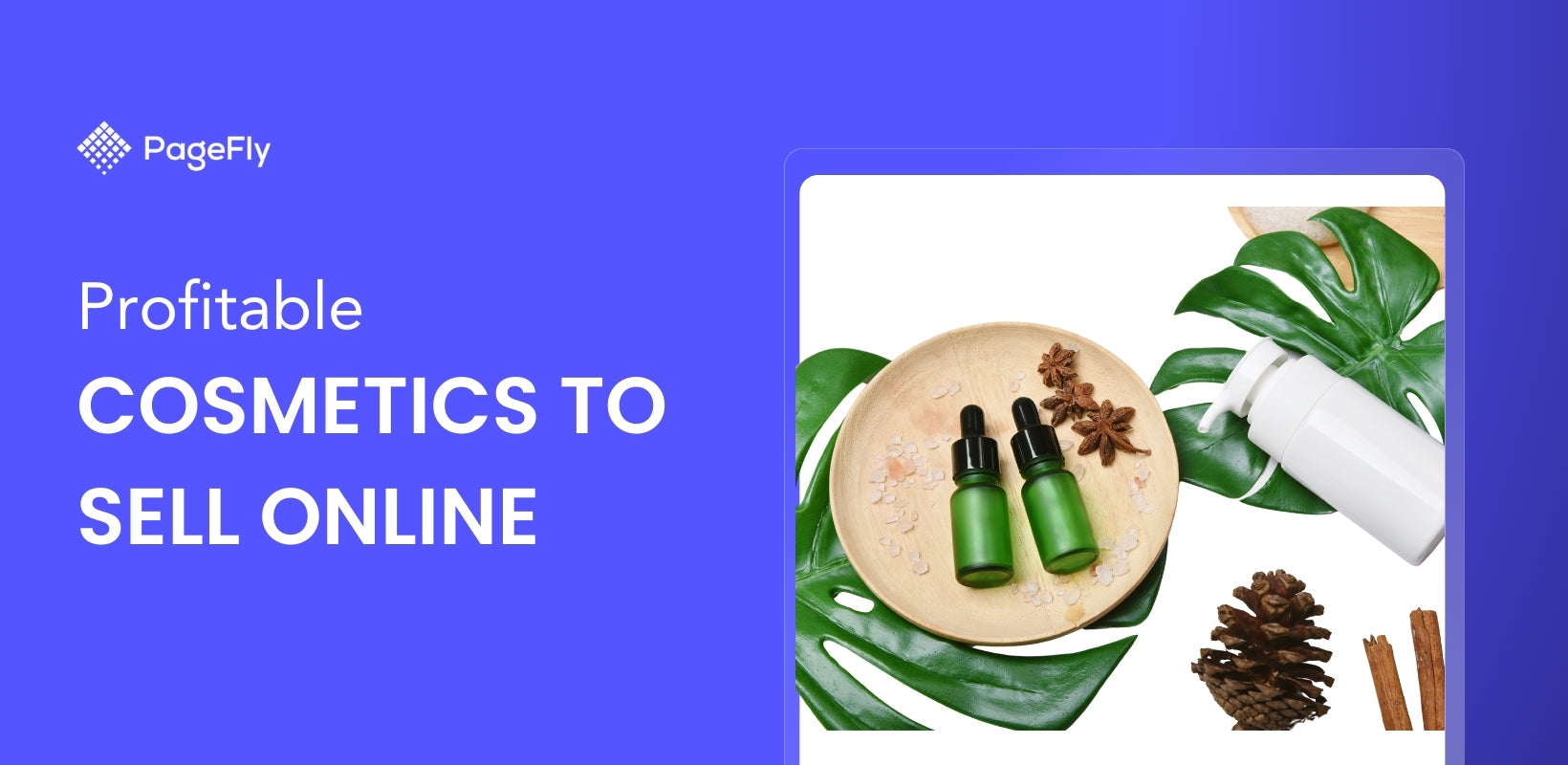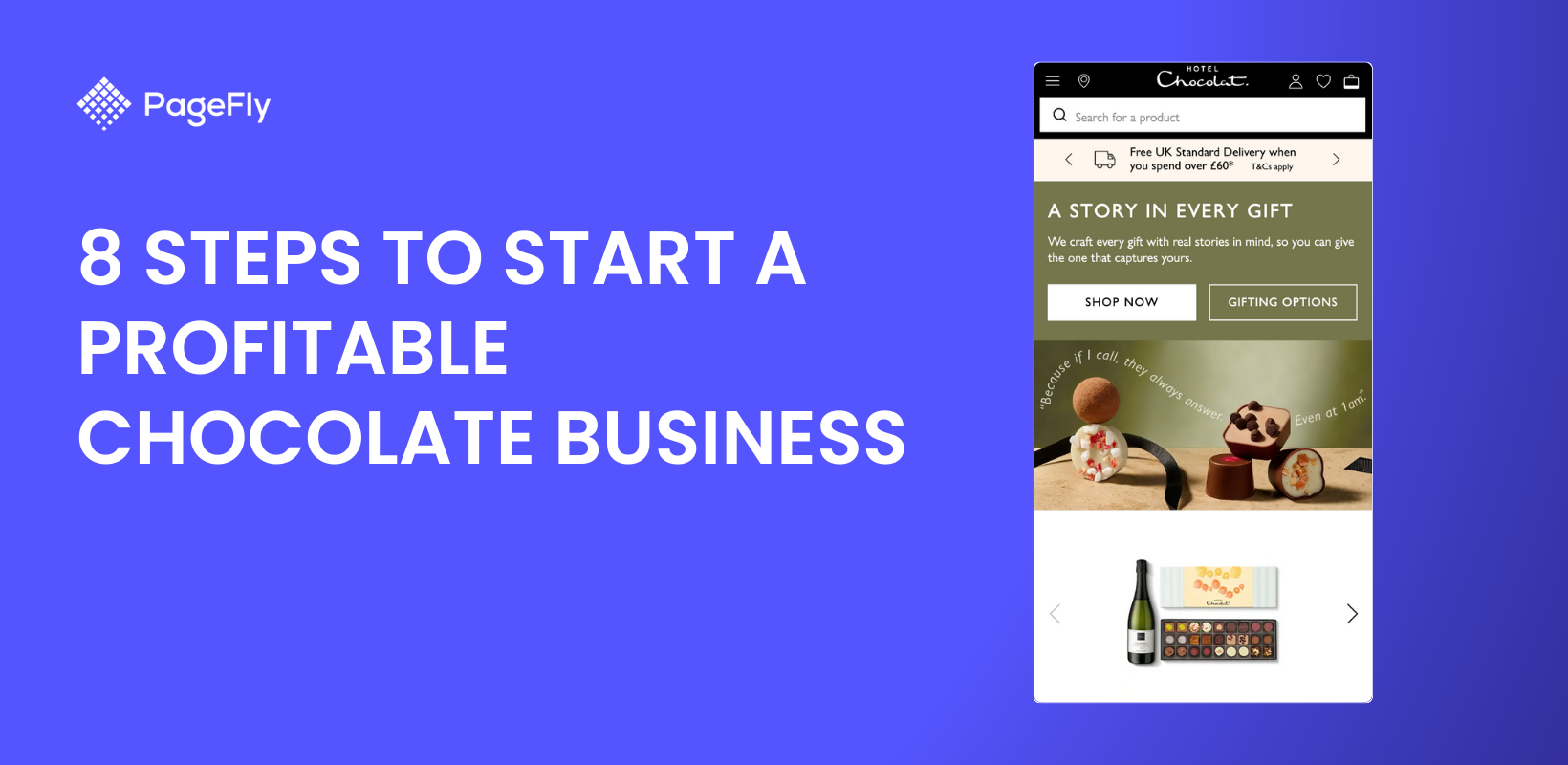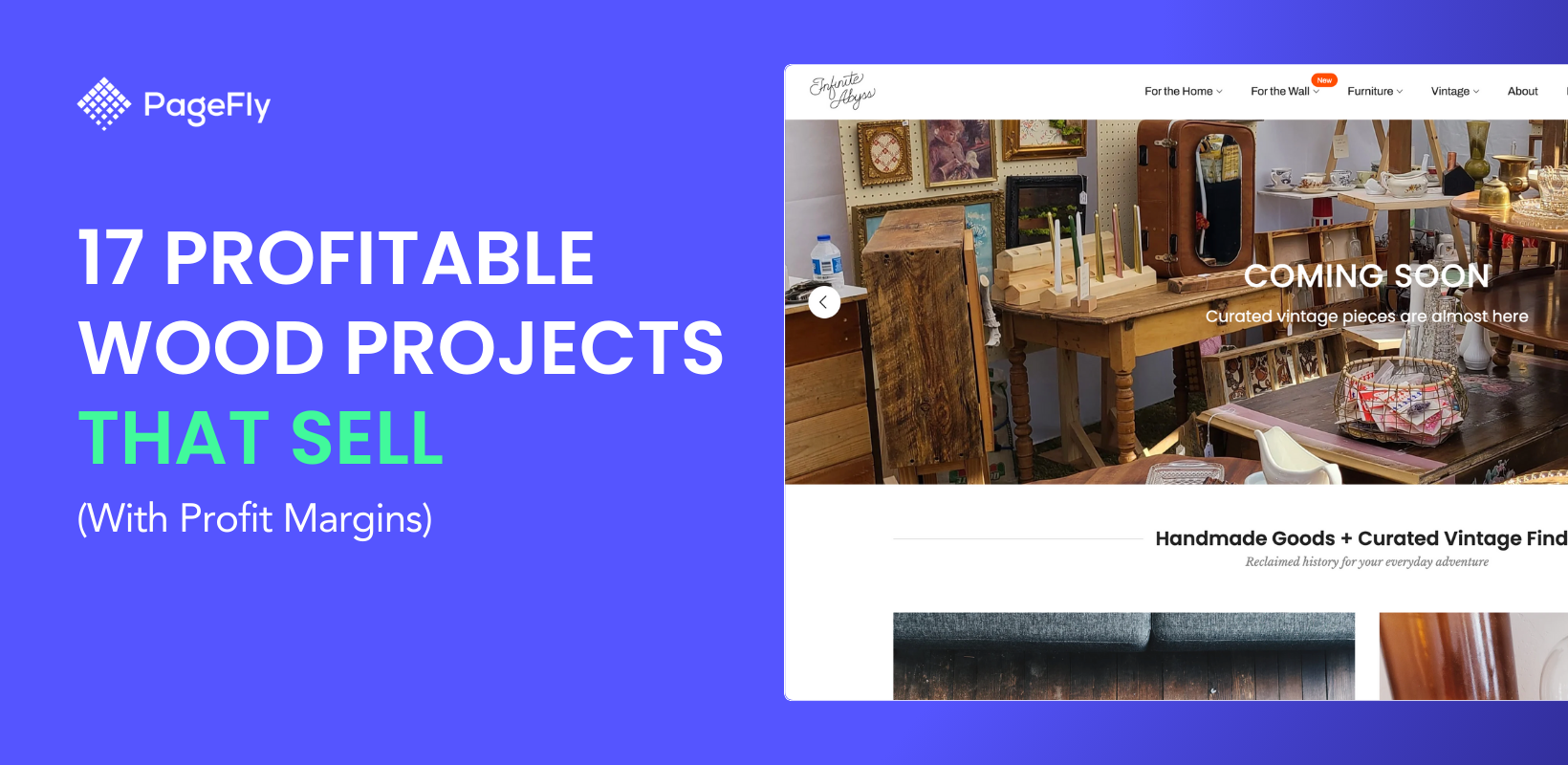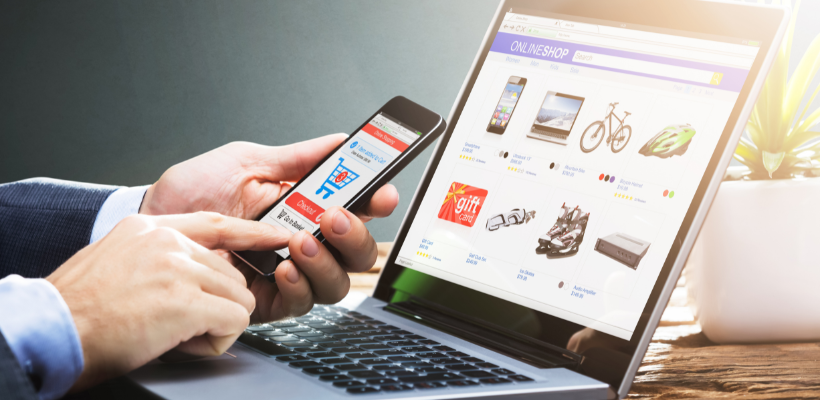Are you looking for strategies that’d help you build a product recommendation system?
FACT: In a survey by Invesp, 49% of customers said they bought a product they didn’t intend to buy after seeing it as a product recommendation.
Product recommendations are the building blocks of any eCommerce business and you should know how to use them the right way.
In this article, we will tell you what product recommendations, their benefits, some best strategies, and techniques to maximize product recommendations impact on your business.
So let’s get started!
Outline
- What Are Product Recommendations?
- Benefits Of Product Recommendation And Why Businesses Need It
- Good User Experience
- Boosts Sales And High Conversion Rates
- Increased AOV
- Increased Cart Value
- Customer Satisfaction
- Decreased Cart Abandonment
- Helps You Strategize
- Product Recommendation Strategies
- Leverage Product Recommendation System
- General Product Recommendation Strategies
- Strategies By Page & Product
- Techniques To Maximize Impact Of Product Recommendations On Your Website
- Don’t Put Product Prices In Email Marketing Campaigns
- Use Product Recommendations Everywhere
- Improve The UI/UX Of The Widget
- Give Discounts On Recommended Products
- Set Unique Rules For Product Recommendation Strategies
- Conclusion
I. What Are Product Recommendations?
Product recommendations are strategies that involve suggesting relevant products to your users so that they can have a personalized shopping experience.

The beauty about product recommendations is that it can be used at any phase of your customer journey.
It’s a machine-learning algorithm that takes into account:
- User's shopping pattern
- Likes and dislikes
- Real-time data and information from various sources
With all these KPIs, this ML algorithm predicts what a user is likely to buy.
In a nutshell, the product recommendation system predicts what a user on your website is likely to buy and then recommends them the product - giving them a personalized shopping experience.
You can implement it on your website for more sales, conversions, and revenue.
Although product recommendations can involve creating a strategy for your eCommerce website, most websites deploy AI-based engines or systems to achieve their goals.
Product recommendations are used by the likes of Amazon, eBay, Alibaba, and many more.
eCommerce businesses generally use product recommendations by displaying relevant products under the sections like:
- People also bought
- Similar products
- Combo deals
- You may also like
Here’s how Amazon does it:

II. Benefits Of Product Recommendation And Why Businesses Need It?
Every eCommerce business should implement a Product Recommendation system to scale their sales strategy.
A product recommendation system will help you generate more revenue and help you grow your business in the long run.
Here are seven benefits of product recommendations.
01. Good User Experience
One of the biggest challenges of running an eCommerce business is to provide a good user experience.

Did you know that 88% of customers worldwide say they won’t return to a website after a bad user experience?
With an effective product recommendation system, users will get personalized recommendations tailored to their needs.
Meaning they will have a good experience and are likely to return to your store. Not only is this beneficial for sales, but this can also have a positive impact on your ranking in SERPs.
02. Boosts Sales And High Conversion Rates
Online retailers want to boost sales - an effective Product Recommendation system will let them do that.

You can upsell or cross-sell your products to increase revenue. According to McKinsey, with cross-selling products, you can increase your sales by 20% and profits by 30%.
So don’t waste this opportunity and get a product recommendation system up and running ASAP.
03. Increased AOV
Product recommendations increase Average Order Value (AOV) by providing a personalized shopping experience to its users.

By showing your customers various product recommendations, you can earn a fortune.
Statistics show that the average order value for a store that shows no product recommendations is $44.41. However, when you show product recommendations and a prospect shows interest in even a single recommendation shown, the AOV increases by 369%. Insane, right?
04. Increased Cart Value
Don't you wish your users kept adding items to their cart before checking out?
A product recommendation engine will let you achieve that.
By suggesting relevant products, this engine will increase the number of items per order - which means more business. And more business means more growth, and finally more profit.
05. Customer Satisfaction
When you make the shopping experience easy for your users, they're more likely to be satisfied.
Apart from the UI/UX of your website, relevant product suggestions will improve CX and put your store in their good books.
Satisfied customers are likely to write positive reviews on review websites, thereby increasing your credibility.
06. Decreased Cart Abandonment
According to Baymard Institute, the average cart abandonment rate across all industries is 69.82%.
One driving factor for cart abandonment is improper product recommendations or no recommendations at all.
Telling your customers what add-ons they might need with a product is an essential thing to do because many customers are naive.
07. Helps You Strategize
Combined with the data obtained on how your users interact with your store and the data from a product recommendation strategy, you'd be able to strategize your business plan.

With this data, you'd know which products you should keep and which ones you shouldn't and make necessary changes to your product pages.
III. Product Recommendation Strategies
Depending upon your goals, you can tailor a Product recommendation strategy.
You can either use a recommender system (like the one used by many leading e commerce sites) or create your strategy along with it.
How do you do that?
Let us tell you.
01. Leverage Product Recommendation System
One of the best strategies for any eCommerce website is to implement a (or many) product recommendation engines on their website.
These powerful machine learning-based engines can predict what the users on your website will like to buy and suggest the products accordingly.
Although different companies offer many different recommendation systems, they can be classified into three major categories.
A. Content-Based Filtering
Content-based filtering systems attempt to assume what the user will like depending upon their activity. These systems consider the keywords and users' purchase history and match the data with the user profile to recommend similar or complementary products.
B. Collaborative Filtering
Collaborative filtering analyzes user purchasing behavior, preferences, and activities, assuming what users want.
It works on a simple yet powerful principle - two similar segment buyers will buy the same product.
So, this system can recommend a product to a user considering that a similar user has liked that product in the past.
C. Hybrid Recommendation Systems
As the name suggests, a hybrid recommendation system combines both - Content-based filtering and Collaborative filtering.
Using a hybrid recommendation engine that combines the data from content-based and collaborative filtering is one of the most effective engines you can use in your store.
The hybrid recommendation system is used by the likes of Netflix and Amazon to recommend relevant movies and TV series.
02. General Product Recommendation Strategies
A. Show Visitors Your Best Sellers
Your bestseller product is a success for a reason - so make sure that all the new users get a glimpse of it.

As per the Pareto principle, about 80% of results come from 20% action; if you apply that to marketing, 80% of revenue comes from 20% of products - and this principle holds true for almost all online businesses.
Most of the best-selling products remain the major driving force behind the revenue. So create a strategy to show all your visitors your best sellers, and they will most probably show interest in that product.
You can either use banners on your homepage, sidebar or opt-in to recommend bestsellers - you can get as creative as you want!
B. Recommend Product According to the Trend
No matter in which niche your store’s in, people like to go with the trend. It's human nature to be curious about what other people are talking about. You can use that to your advantage.

Show them trending products in general or what most people are buying from your store. Use FOMO to generate urgency and see your revenue sky-rocket in no time.
A few great examples are:
- "Shop the look" feature on a clothing store
- "Popular now" section that showcases popular products
- Add "Social proof notifications" - Give your visitors social proof by showing them a snap of reviews or testimonials
C. Use Geo-Location Targeting the Right Way
Geo-location targeting recommends products as per the visitors' location and can help you boost sales.
Many tools or product recommendation engines can recommend products to the user, depending on their location.
Suppose you have an apparel store, and a person named John visits it. John is a 28-year-old Canadian.
Canada, for most times of the year, is extremely cold. Therefore, the product recommendation system will suggest sweaters, mufflers, and all kinds of winter wear suited for a 28-year-old male.
Location-based product recommendations can be used to provide solutions to the visitor's problems - a pro for your business.
D. Use Email Marketing For Product Recommendation Campaigns
Email marketing is one of the major aspects of the digital domain that can help you achieve your business goal without spending a lot.

You can create a strategy based on product recommendations and target your audience with an email campaign.
You can segment your subscriber list and run different email campaigns depending on your audience and the products you want to pitch.
Another way to use email marketing is to give relevant product recommendations to the users who have abandoned products in the cart. This way, they can complete their purchase by swapping the suggested product with the one that was left off in the cart.
You can also send new product recommendations or run a survey to understand your audience's needs better and then pitch a product.
Regardless of whether you use a recommendation system on your website or not, it would help if you run an email marketing campaign to send product recommendations to your subscribers at least.
03. Strategies By Page & Product
E. Product Recommendations to Show on Homepage
A website is an online portfolio of your business, and the homepage can be referred to as the sales pitch - it is your best bet to make an impression on the visitors.

Apart from working on the UI/UX of the homepage, you can recommend products that your visitors are likely to buy, or you can recommend products that they viewed recently on your website.
Here are three categories that you can show on the homepage:
- Most Popular Products: Show your most popular or bestseller products here
- Trendy Products: Depending upon the audience analytics of your website, you can put trendy products on your homepage that your visitors are likely to buy
- Hot Selling: Show product recommendations depending on seasons, special occasions, or events
F. Show Product Recommendations on the Checkout Page
When your visitors are about to checkout and make the payment, you can refer to products to increase cart value.
Here, you can creatively promote a product and make an impression that the deal will benefit the user. For example, buy one more product and get free shipping.
Here are a few product recommendation categories worth adding to the checkout page:
- Combo products: If a customer purchased pants, you could suggest them contrasting shirts
- Last-Minute Deals: Give customers last-minute discounts on a particular product buy
- Recently Viewed Items: Recommend products based on the products they’ve viewed in your store
- People Also Brought: A form of proof that persuades customers to buy combos
G. Show Product Recommendations on Product & Category Pages
One of the places on your website to recommend useful products to visitors is the product page.

Just as they're looking at the product description or browsing through the reviews, they're more likely to check the 'People also brought' category.
Here you can cross-sell or upsell a product depending upon your strategy.
- Cross-selling: Sell a product that complements the product page the visitors are on. For example, if the page is about laptops, you can cross-sell a combo offer that includes a laptop cover and warrant extension policy.
- Up-Selling: Ask your user to upgrade to a better product or ask them to upgrade the size for a small fee. For example, you can ask users to buy a high-end laptop or ask them to opt for a big pack of cat food (instead of medium) for maximum savings.
IV. Techniques To Maximize Impact Of Product Recommendations On Your Website
Now that you know what product recommendation is and how you can boost your sales by using one, it's time to look at a few practices that'll help you maximize the impact of product recommendation.
01. Don't Put Product Prices In Email Marketing Campaigns
Email marketing is done to get traffic to your store, so putting the prices in the email may make a reader not click on the link to your website.
Rather tell them about the product and how it might resolve their pain points.
02. Use Product Recommendations Everywhere
Don't just limit the product recommendation on your homepage or checkout page; instead, show them all across your store and other marketing areas like emails, apps, and all other channels.
03. Improve The UI/UX Of The Widget
No matter how useful and relevant a product your strategy recommends to a user, if the UI/UX of the widget is poor, users wouldn't check out those products. So always make it a priority to keep the UI/UX top-notch.
04. Give Discounts On Recommended Products
Product recommendation strategies can be highly effective if you give discounts on the suggested products. If users like what they see, they're more likely to buy it if it has a discount tag.
05. Set Unique Rules For Product Recommendation Strategies
Not all the users are the same, and not all the visitors will like the same recommendations.
Your product recommendation strategy should be focused on personalizing products to every user considering their demographic, behavioral data, and geographic data.
In a sense, depending on the audience analytics of your website, you should implement different product recommendation strategies for different types of users.
Conclusion
Product Recommendation strategy can use either a plan or machine learning-based system (or both) to give the users a personalized shopping experience.
Implementing successful Product recommendation strategies on your website will improve user engagement, cart value, and boost your sales.
Overall, having a product recommendation strategy will directly help you grow your business and achieve your financial goals.
So create a flawless product recommendation strategy for your eCommerce store and make sure to personalize it as much as possible.




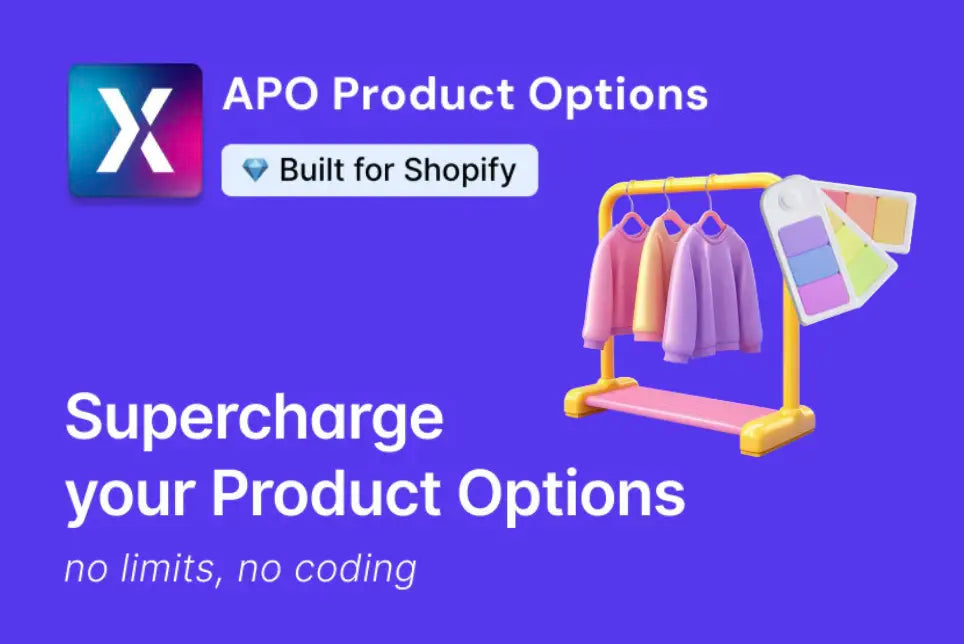
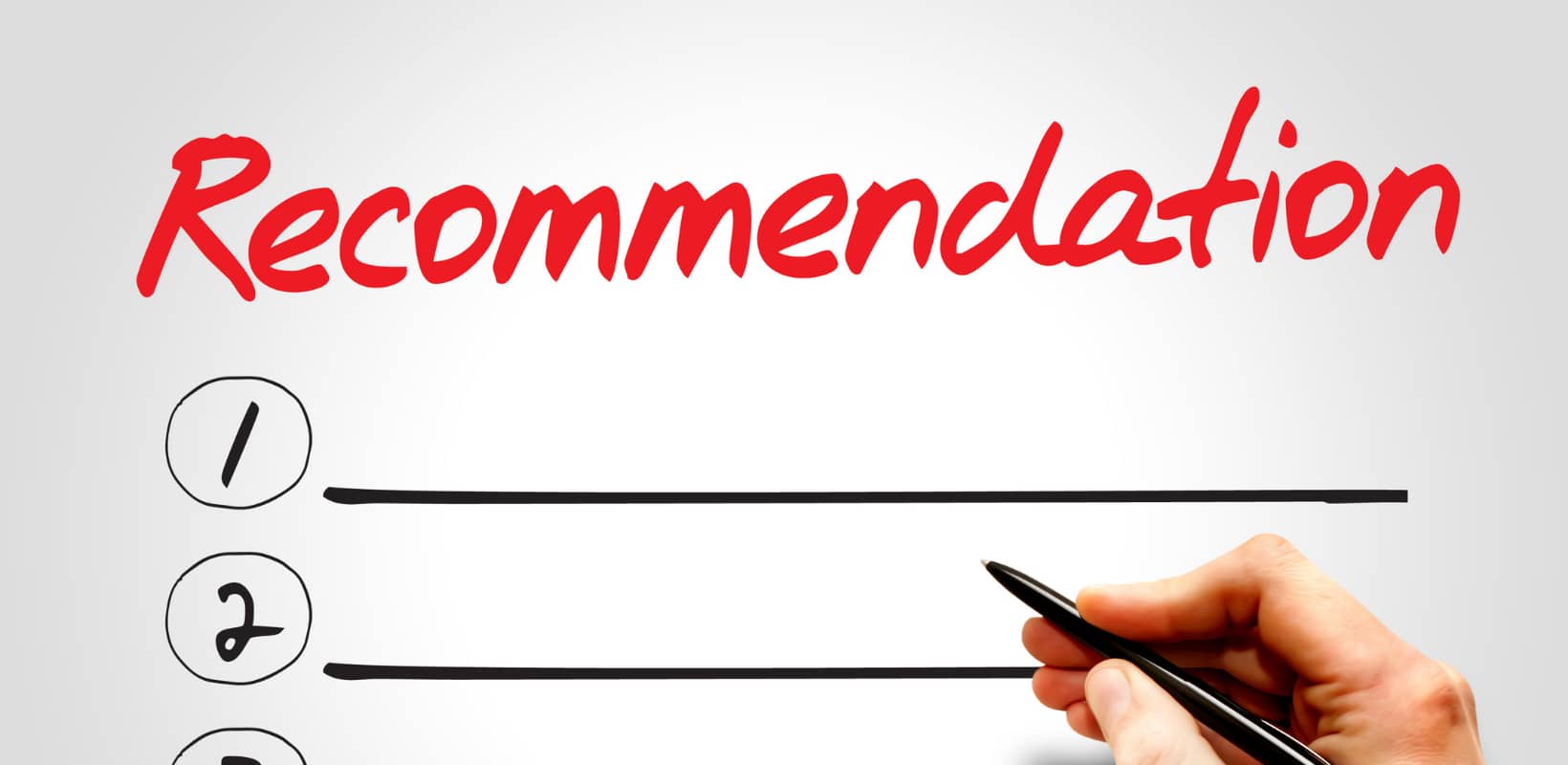

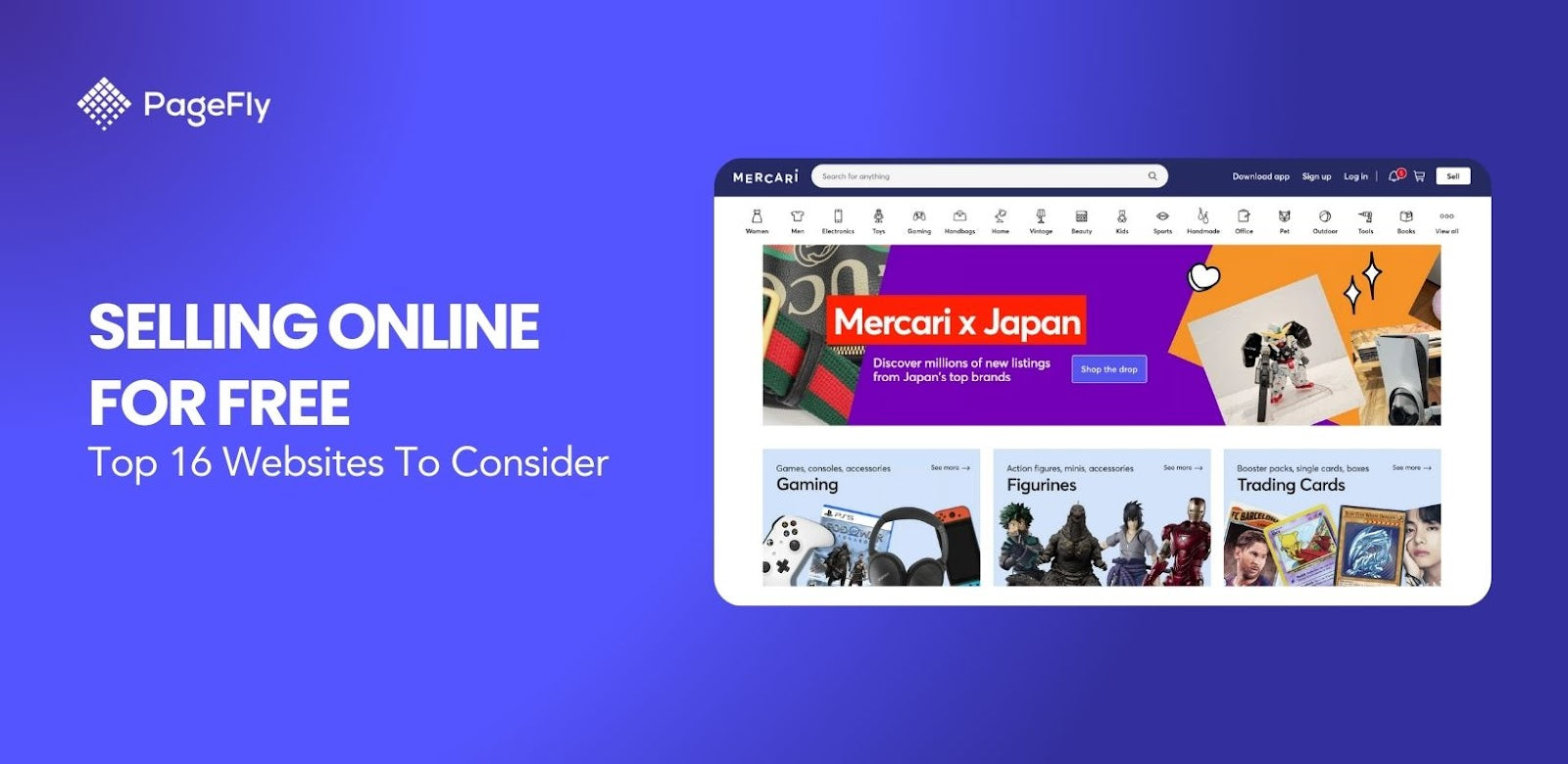

![14 Profitable Small Food Business Ideas for 2025 [Real Numbers]](http://pagefly.io/cdn/shop/articles/1_58b587d2-13db-4aa6-8c19-e40f5c88d3eb.jpg?v=1758255771&width=4460)
![Art Business Names: 350+ Ideas + Free Generator [2025 Updated]](http://pagefly.io/cdn/shop/articles/art_business_name_e94a54e9-d325-4ba3-94ab-7b4297952312.png?v=1760062968&width=1640)
